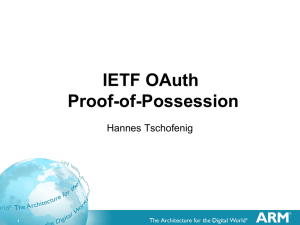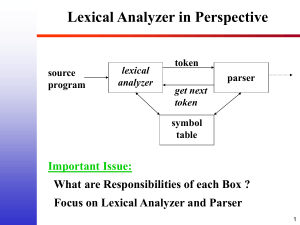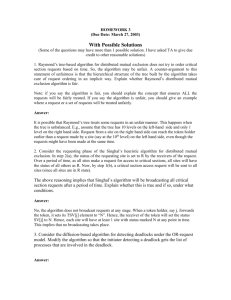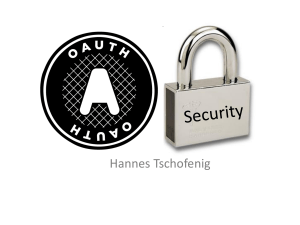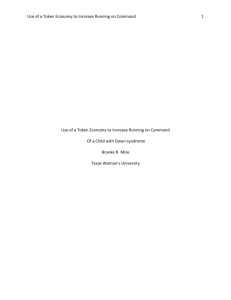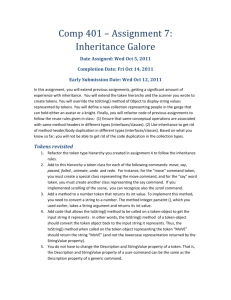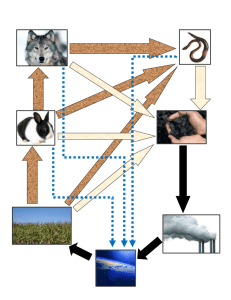Evolution of IdM Architecture
advertisement
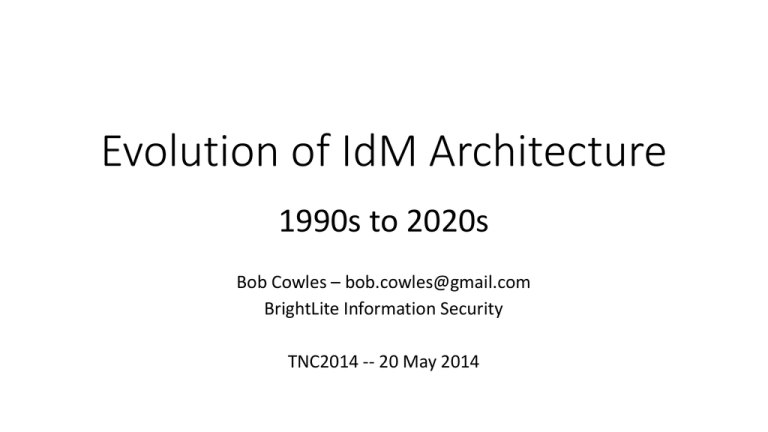
Evolution of IdM Architecture 1990s to 2020s Bob Cowles – bob.cowles@gmail.com BrightLite Information Security TNC2014 -- 20 May 2014 1990s to early 2000s • Services for collaboration provided at a single SP • SPs required local identity proofing and authentication • Identity proofing responsibility shared between SP and collaboration • Two-step process – Identity proofing to receive token for later authentication SP Ident VO AuthN 1 User 2 2000s to early 2010s – Complexity Increases • Non-batch services remained substantially the same • For batch, distributed SPs required distributed IdM • Three-step process – User obtains bearer token from 3rd party provider; registers token with collaboration for membership; then can present SP with bearer token and membership attribute SP SP SP VO Ident 3 2 User AuthN 1 Token Provider (offline) Mid-2010s to 2020s – Portals and Federations • AuthN token provider moves online through Federation • Portal simplifies researcher access to services provided by multiple SPs • Return to a two-step process • Portal-as-a-Service is required for collaborations without access to personnel with IT/IdM expertise 1 SP SP SP Portal VO Job Ident Token Provider (online) User Factory AuthN 2 What are the problems to solve? • What attributes do SPs need? -- Direction – Name + membership • Enhanced LoA requirements? (e. g. BioScience) • Privacy issues? • Incident Response • Multiple attribute probviders • Harmonized attributes • Non-web services (e. g. ssh) • Portal complexity (and security) issues •… Conclusion All problems in computer science can be solved by another level of indirection. Butler Lampson – ACM Turing Award Lecture quoting David Wheeler See also … IETF RFC 1925 https://tools.ietf.org/html/rfc1925 Rule (6) It is easier to move a problem around … than it is to solve it. Corollary (6a) It is always possible to add another level of indirection


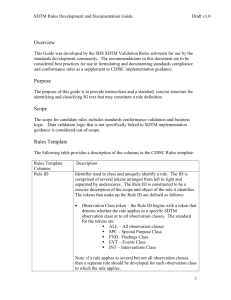
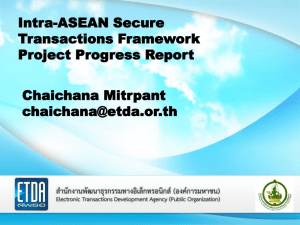
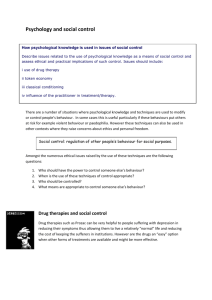
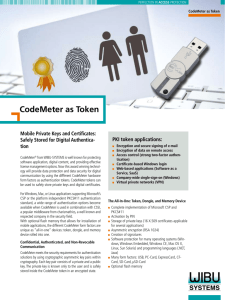
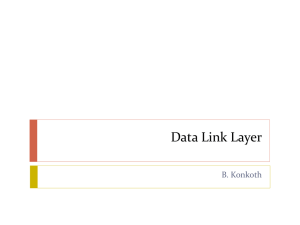

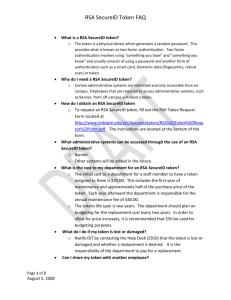
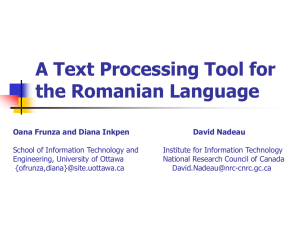
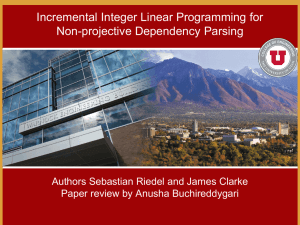
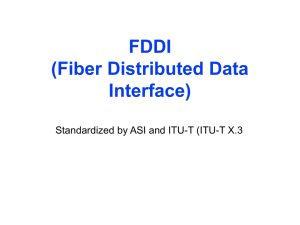
![[#OPENAM-4784] OpenID Connect support for RS256 in](http://s3.studylib.net/store/data/007601241_2-867d66c1a01a0f3829a9d8c372501286-300x300.png)
